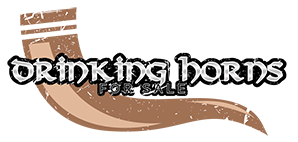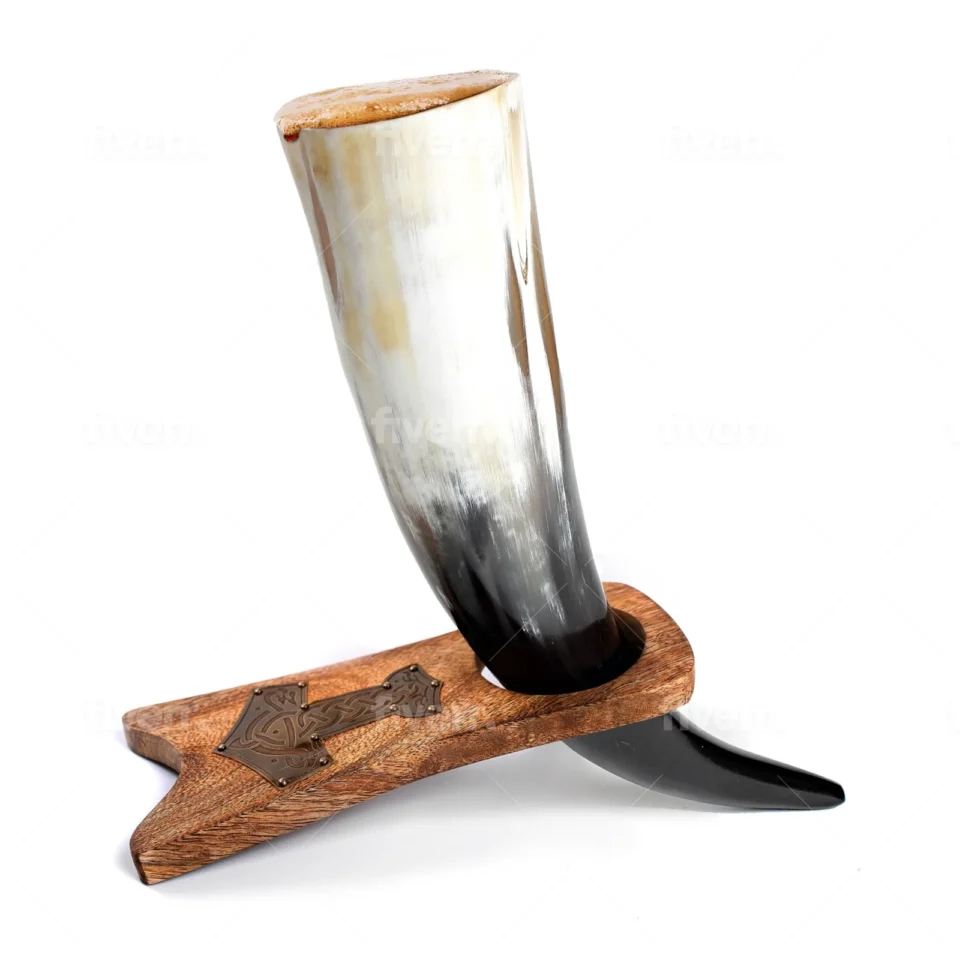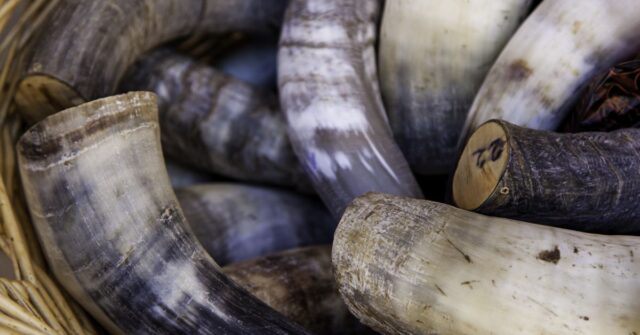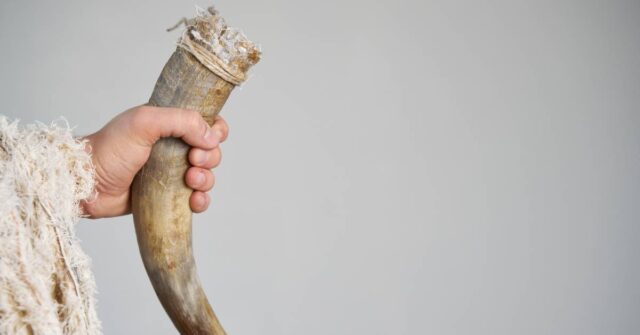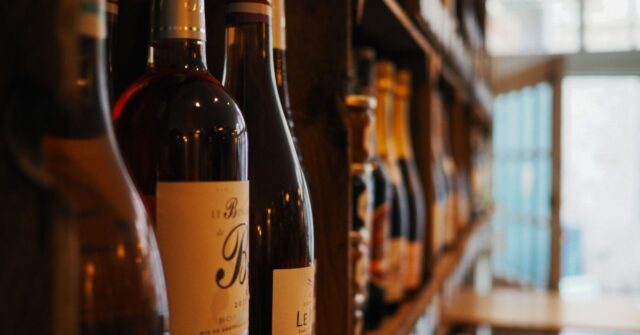Despite the romantic allure of sipping from a drinking horn like a Viking chieftain, placing hot drinks in a standard drinking horn can lead to several undesirable outcomes.
This comprehensive guide explores why standard drinking horns are ill-suited for hot beverages, the potential risks involved, and how specially treated horns offer a safer alternative.
Introduction to Drinking Horns
Drinking horns, a staple of medieval feasts and Norse mythology, have a storied history dating back thousands of years.
Originally crafted from bovine horns and later adorned with metals and intricate carvings, they served as not just vessels for libation but also as symbols of status and valor.
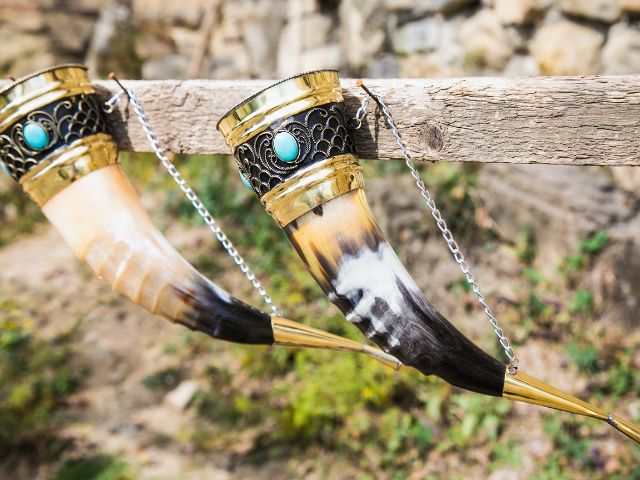
History and Origin of Drinking Horns
The use of animal horns as drinking vessels dates back to the Iron Age and was prevalent among various ancient cultures, including the Vikings and the Saxons.
Their evolution from simple containers to elaborate works of art reflects their importance in rituals and everyday life.
Traditional Uses of Drinking Horns
Traditionally, drinking horns were used during ceremonies and important gatherings. Their presence often symbolized abundance and celebration.
They were not daily dinnerware but rather reserved for significant occasions.
Types of Drinking Horns Available Today
Today, drinking horns are still made from genuine bovine or buffalo horns. Some are lined with modern materials to prevent leakage and are often polished to a glossy finish.
Replicas, usually made from plastic or metal, are popular at Renaissance fairs and medieval-themed events.
Understanding the Material Composition
The natural material of most drinking horns is keratin, the same substance found in human hair and nails.
This organic composition contributes to the horn’s unique texture and color but also poses challenges when exposed to heat.

Common Materials Used in Making Drinking Horns
Traditional drinking horns are crafted from cattle or buffalo horns, while some modern versions use synthetic materials for durability and ease of maintenance.
Physical Properties of Horn Material
Horn material is naturally porous and sensitive to temperature changes. When exposed to hot substances, it can warp or crack, compromising its structural integrity.
The Impact of Heat on Standard Drinking Horns
Applying heat to standard drinking horns can significantly alter their physical structure and longevity.
Thermal Conductivity of Horns
Horns have low thermal conductivity, which means they do not distribute heat evenly. This can cause the material to expand unevenly, leading to potential cracking or splitting.
Risks of Deformation and Damage
Continuous exposure to heat can deform the shape of the horn, making it unsuitable for use. The deformation is not only aesthetic but also functional, as it might no longer hold liquids effectively.
Long-Term Effects of Exposure to Heat
Over time, the repeated stress of hot liquids can permanently damage the horn’s structure, leading to leaks and rendering the horn unusable.
Health Implications of Using Standard Horns for Hot Liquids
Using untreated horns for hot drinks can pose health risks due to the leaching of compounds from the horn material.
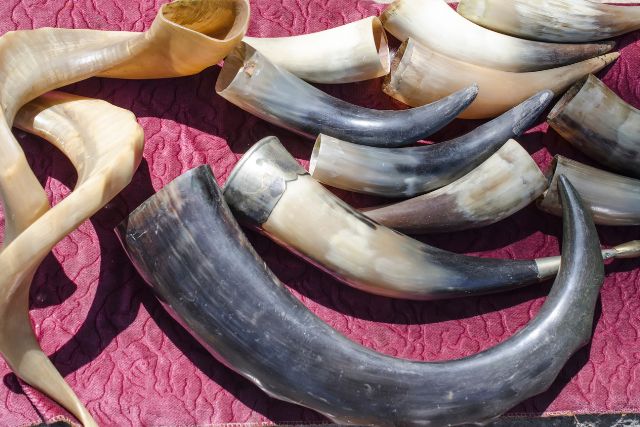
Potential Release of Toxins
Under high temperatures, the organic compounds in the horn can decompose, potentially releasing harmful substances into the beverage.
Alteration of Taste and Safety Concerns
Aside from health risks, hot drinks can acquire an unpleasant taste from the horn, detracting from the enjoyment of the drink.
Special Treatments That Make Drinking Horns Safe for Hot Liquids
Fortunately, there are treatments available that can prepare a drinking horn to safely handle hot beverages.
These are typically seen with drinking horn mugs, where a user can enjoy a coffee, mulled wine, or other hot beverage.
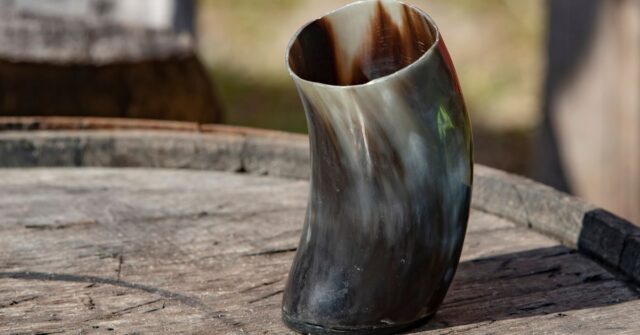
Overview of Coating and Treatment Options
Modern sealants and resins can line the inside of the horn, creating a barrier that withstands high temperatures and prevents the horn from leaking or absorbing the liquid.
How These Treatments Modify the Horn’s Properties
These treatments enhance the durability and safety of drinking horns, allowing them to hold hot liquids without the risk of releasing toxins or losing their structural integrity.
Examples of Safe Usage with Hot Drinks
Specially treated horn mugs have been successfully used in various settings, from cozy gatherings around fires to festive medieval banquets, proving that with the right preparation, they can indeed be a safe choice for hot beverages.
Alternative Uses for Drinking Horns
While traditional and untreated horns are not suitable for hot drinks, they still hold great value in other uses.
Suitable Beverages for Drinking Horns
Cold beverages such as mead, beer, and water are perfectly suited for untreated horns, maintaining the authentic experience without risk.
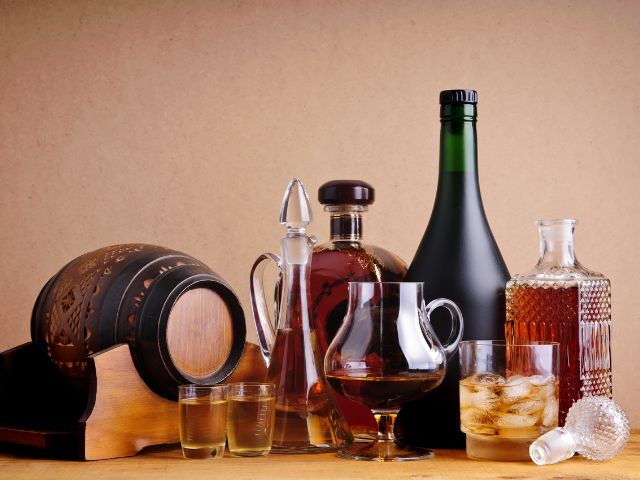
Decorative and Ceremonial Uses
Beyond their use as drinking vessels, horns are often used as decorative pieces, conveying a rustic or historical ambiance.
They are also prominent in ceremonies where they symbolize a connection to heritage and history.
Modern Alternatives to Drinking Horns for Hot Beverages
For those who enjoy hot beverages but want to maintain a historical aesthetic, there are safer alternatives to traditional horns.
Materials Better Suited for Hot Drinks
Materials such as ceramic, glass, or specially treated metals can offer the thermal resilience needed for hot beverages, while still evoking a historical feel.
Recommendations for Safe Drinking Accessories
Opting for these materials can ensure the safety, durability, and enjoyment of hot drinks without compromising on style.
Conclusion
In conclusion, while the charm of using a drinking horn is undeniable, it’s important to respect the limitations of traditional materials and opt for specially treated versions when dealing with hot liquids.
This ensures safety, preserves the integrity of the horn, and maintains the ceremonial joy they bring.
